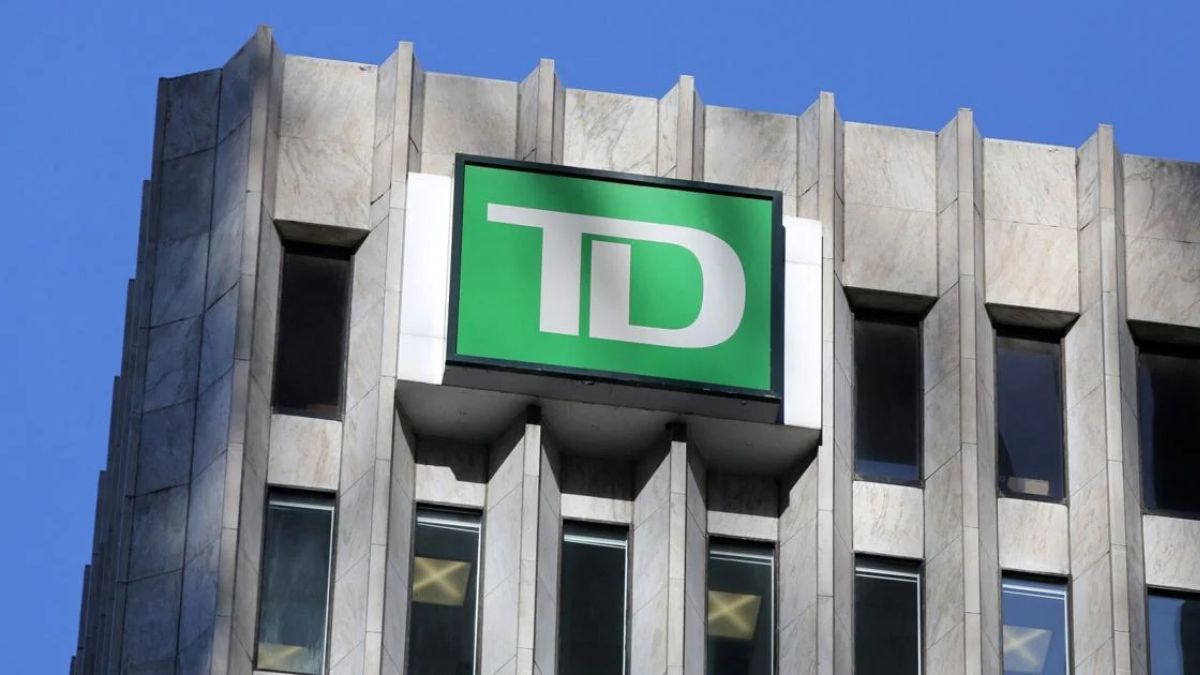TD Bank’s rise in the U.S. market
TD Bank, headquartered in Toronto, Canada, has long been one of North America’s most successful financial institutions. The bank expanded rapidly in the U.S., where it is now the 10th-largest lender. Known for its convenient services and customer-focused approach, TD became a formidable competitor to U.S. giants, capturing a third of its income from the American market. The bank’s successful acquisitions, including its $13 billion purchase of U.S. lender Commerce Bancorp in 2008, helped solidify its reputation in the U.S. financial sector.
A growing scandal: The roots of TD’s money laundering failures
However, the bank’s meteoric rise has recently been overshadowed by a series of revelations surrounding its failure to comply with U.S. anti-money laundering regulations. The Justice Department, in a landmark settlement, announced that TD Bank had ignored significant compliance risks for years, allowing illicit funds from criminal enterprises to flow through its U.S. branches. The scale of the issue was staggering, with over $18 trillion in customer transactions going unmonitored, enabling several money laundering operations to operate unchecked.
Internal investigations revealed a pervasive culture where employees even joked about the bank being “convenient for criminals.” This failure at all levels of management would eventually lead to the imposition of a $3 billion fine and severe restrictions on TD’s operations in the U.S., including a rare asset cap that would severely limit its ability to grow.
The impact: Penalties, an asset cap, and executive changes
The legal and financial fallout from the scandal has been significant. TD Bank agreed to pay a $3 billion penalty as part of its plea deal with U.S. authorities, marking one of the largest settlements of its kind in banking history. The penalties will be divided among the U.S. Justice Department, regulators, and the Treasury Department’s Financial Crimes Enforcement Network. In addition to the fine, the bank faces an asset cap imposed by the Office of the Comptroller of the Currency (OCC). This rare move effectively freezes TD’s ability to expand its U.S. business, hitting its growth prospects hard. Analysts have compared this penalty to similar ones imposed on Wells Fargo, noting the severe financial constraints these caps place on banks.
Leadership changes: CEO Bharat Masrani takes responsibility
There have been major leadership changes at TD as a result of the incident. For the most of his career, CEO Bharat Masrani has been in charge of the bank’s U.S. operations. He has accepted full responsibility for the compliance lapses. Under his watch, the bank’s systems were not adequately equipped to detect suspicious activities. Masrani has pledged to step down in 2025, and the bank has already started to revamp its leadership and compliance measures. In a bid to distance itself from the scandal, TD appointed Ray Chun, the head of Canadian personal banking, as its new CEO.
Masrani’s retirement, which comes after nearly a decade at the helm, is seen as part of a broader effort to restore the bank’s reputation and focus on rebuilding its compliance framework. The bank has already begun implementing new anti-money laundering measures and has clawed back executive compensation as part of its remediation efforts.
TD’s future: Can it overcome the scandal and rebuild trust?
While the financial penalty and operational restrictions are significant, TD Bank remains one of North America’s largest and most influential financial institutions. However, the road ahead is likely to be challenging as the bank works to regain public and regulatory trust. In the wake of the scandal, TD has pledged to overhaul its compliance systems and prevent future violations. Whether the bank can return to its growth trajectory remains to be seen, but the imposition of an asset cap and other limitations on its business are likely to constrain its ability to expand in the U.S. for the foreseeable future.
Conclusion: A difficult chapter in TD Bank’s history
TD Bank’s history has been characterized by its vigorous US expansion and stellar customer service records. However, the recent guilty plea and hefty penalties signify a major setback in its journey. As the bank moves forward, it will face heightened scrutiny from regulators and investors alike. The lessons learned from this scandal may ultimately help to shape a more compliant and accountable TD Bank in the years to come, but for now, the bank’s future is uncertain.

